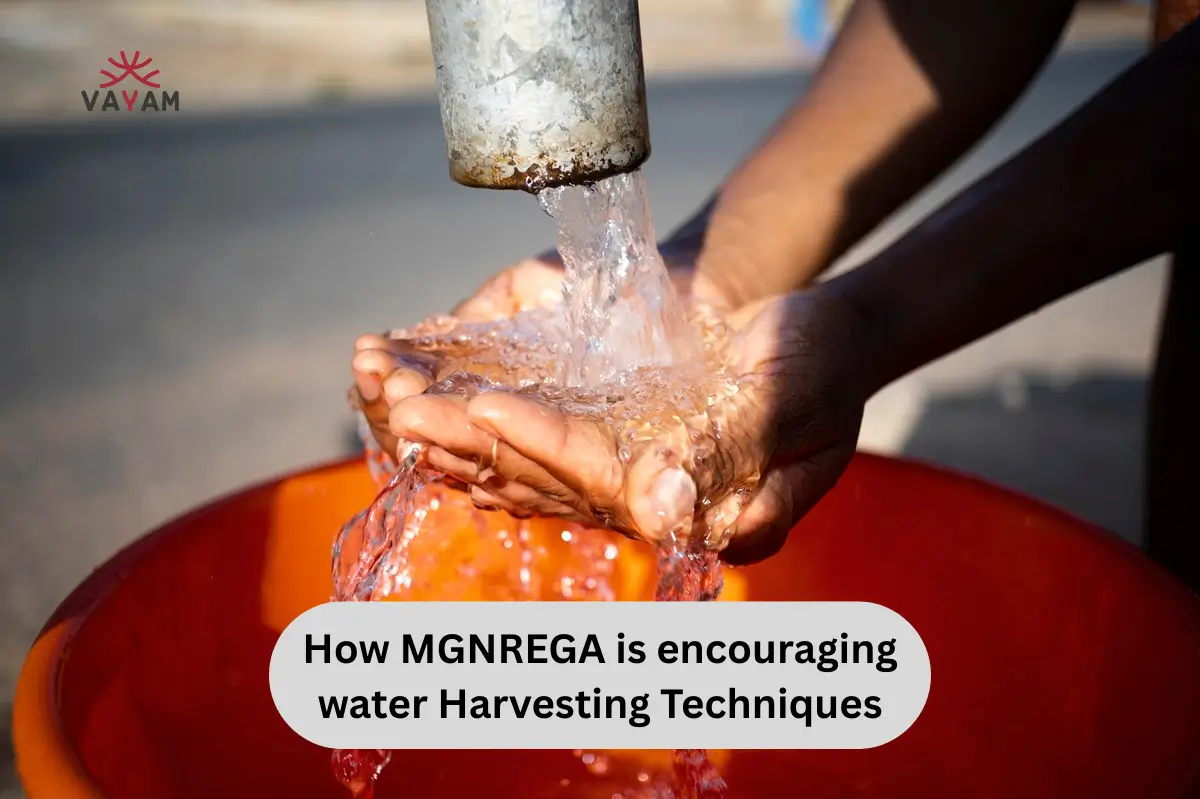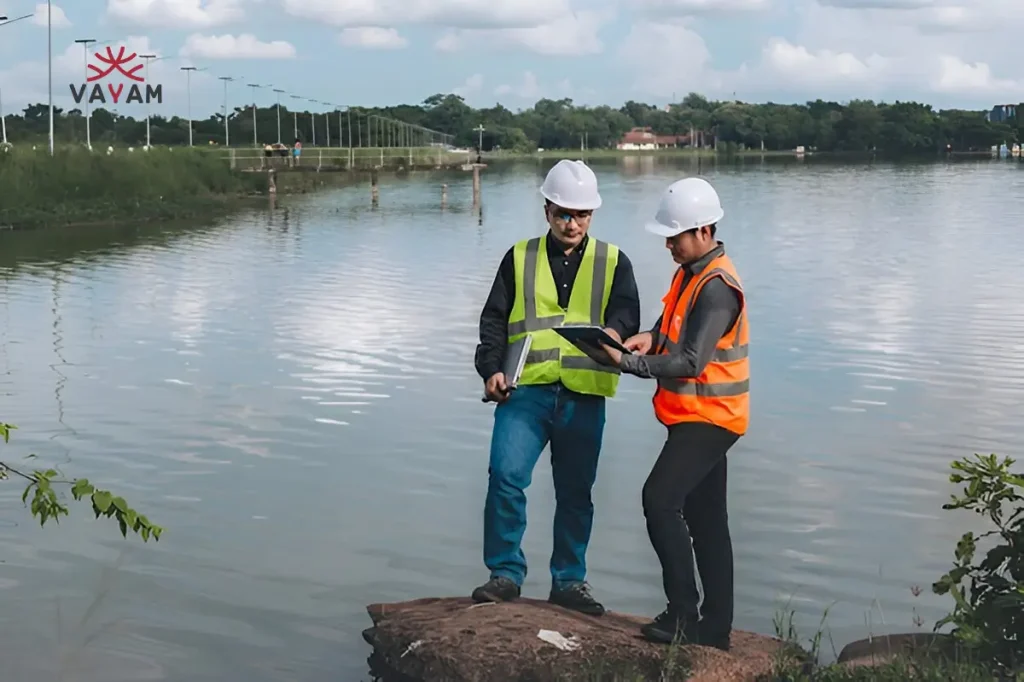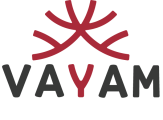
The Mahatma Gandhi National Rural Employment Guarantee Act (MGNREGA) is far more than a job creation scheme. It’s a powerful tool for rural development, and increasingly, a vital instrument for water security.
India faces significant water challenges, from depleting groundwater to erratic rainfall. MGNREGA is stepping up to the plate, directly addressing these issues.

MGNREGA’s Role in Promoting Water Harvesting
MGNREGA’s provisions explicitly include works related to water conservation and harvesting. This aligns perfectly with the need for sustainable water management.
The Act empowers local communities to participate in the planning and execution of these projects.
Ponds and Tanks
Creating and restoring ponds and tanks is a core MGNREGA activity. These structures store rainwater, recharging groundwater and providing water for irrigation and livestock.
They are vital for local water security, especially in arid and semi-arid regions.
Check Dams and Contour Bunding
Check dams and contour bunding help slow down water runoff, allowing it to percolate into the soil. This reduces soil erosion and enhances groundwater recharge.
These techniques are particularly effective in hilly and undulating terrains.

Recharge Wells and Percolation Pits
Recharge wells and percolation pits are designed to directly replenish groundwater aquifers. These structures channel rainwater into underground layers.
This is crucial for areas facing severe groundwater depletion.
Community involvement is key to the success of these water harvesting projects. Local knowledge and participation ensure that the structures are built and maintained effectively.
Benefits of MGNREGA-Driven Water Harvesting
The benefits extend far beyond immediate water availability.
Improved Groundwater Levels
Water harvesting directly replenishes aquifers, leading to higher groundwater levels. This ensures a more reliable water supply for agriculture and domestic use.
Enhanced Agricultural Productivity
Improved water availability translates to better crop yields. Farmers can cultivate more land and grow a wider variety of crops.
Drought Mitigation and Resilience
Water harvesting makes communities more resilient to droughts. Stored water can sustain them during dry spells.
Ecological Restoration
These projects contribute to ecological restoration by enhancing soil moisture and supporting vegetation growth.
Social and Economic Impact
MGNREGA provides employment, particularly to marginalized communities. The projects also improve livelihoods by boosting agricultural productivity.
Challenges and Solutions
Despite its successes, MGNREGA faces challenges in water harvesting implementation.
Implementation Hurdles
Delays, bureaucratic bottlenecks, and lack of technical expertise can hinder project execution.
Maintenance and Sustainability Issues
Ensuring the long-term maintenance of these structures is crucial. Neglect can render them ineffective.
Addressing Regional Disparities
Water availability and needs vary across regions. Tailoring projects to local contexts is essential.
Technological Advancements and Integration
Integrating modern technologies, such as remote sensing and GIS, can improve the efficiency of water harvesting projects.
Read More
From Street to School How You Can Help Girls Get an Education
How to Encourage Kids to Set and Achieve Their Own Goals
Case Studies: Success Stories
Numerous success stories highlight the positive impact of MGNREGA-driven water harvesting.
For example, in Rajasthan, traditional ponds (Johads) have been revived, transforming arid landscapes. This has led to increased agricultural productivity and improved livelihoods.
In Tamil Nadu, check dams and percolation ponds have significantly raised groundwater levels, benefiting local farmers.
These case studies demonstrate the transformative potential of MGNREGA when implemented effectively.
Addressing People Also Ask (PAA) Questions
Q: How does MGNREGA help in water conservation?
A: MGNREGA mandates that a significant portion of its works be related to water conservation. This includes building and restoring ponds, check dams, and recharge wells, all of which help replenish groundwater and conserve surface water.
Q: What are the main objectives of MGNREGA’s water harvesting initiatives?
A: The main objectives are to improve groundwater levels, enhance agricultural productivity, mitigate drought impacts, and promote ecological restoration in rural areas.
Q: What types of water harvesting structures are built under MGNREGA?
A: Common structures include ponds, tanks, check dams, contour bunds, recharge wells, and percolation pits, each suited to different terrains and water needs.
Q: How does community participation play a role in MGNREGA water harvesting projects?
A: Community participation is vital. Local communities are involved in planning, executing, and maintaining these projects, ensuring they are tailored to local needs and sustainable.
Q: What are the long-term impacts of MGNREGA’s water harvesting efforts?
A: Long-term impacts include improved water security, increased agricultural yields, enhanced resilience to climate change, and overall socio-economic development in rural areas.
Conclusion: A Sustainable Water Future with MGNREGA
MGNREGA is a powerful tool for building a sustainable water future in India. By focusing on water harvesting, the Act is transforming rural landscapes and empowering communities.
Continued investment and effective implementation are crucial to maximizing its potential. MGNREGA is a key component to creating a water secure India.
